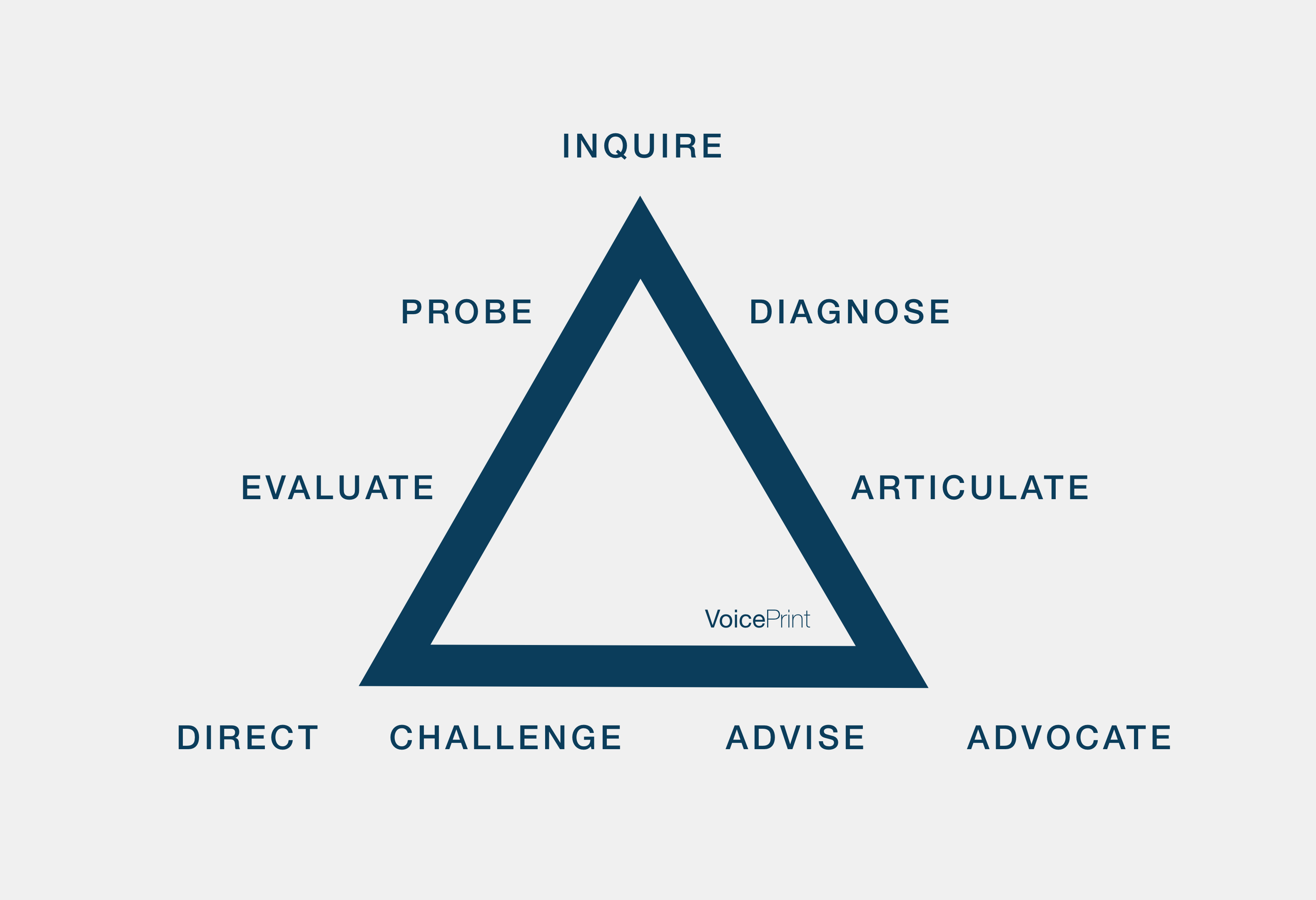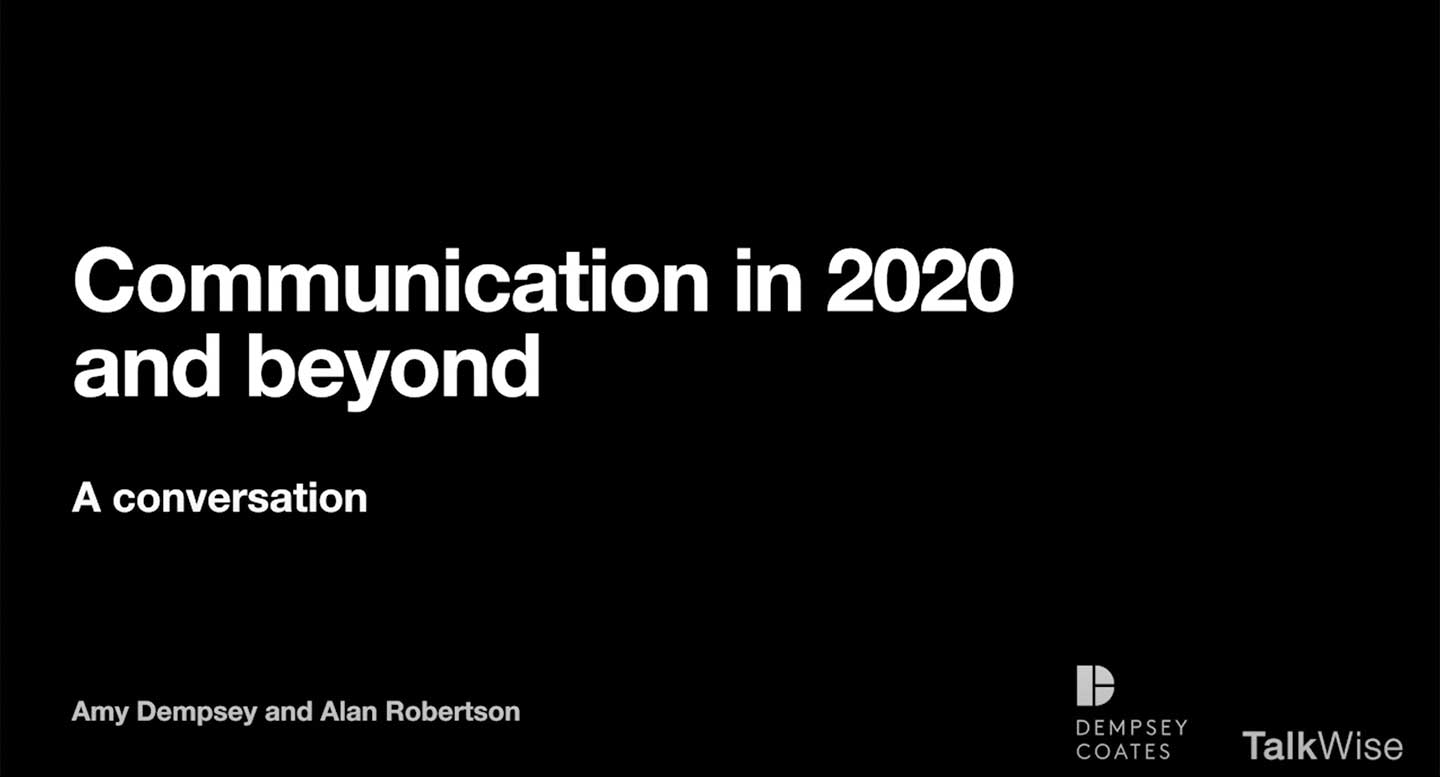Saying No is something that many of us find difficult.
We may be worried about putting a relationship at risk, or being a poor team player, or speaking up about our own needs and priorities. Or maybe we just like to be helpful and demonstrate a positive can-do attitude. But sometimes it’s necessary to say No. Otherwise we can end up over-stretched, resentful towards others and irritated with ourselves, neglecting our own responsibilities or simply doing the wrong thing.
So here’s how to say No in four thoughtful ways.
There’s more to it than simply opening your mouth and uttering the word. ‘No.’ That’s refusing with a blunt instrument. It’s full of risk. By contrast the four approaches that follow are all based on having and giving a reason for saying No. They are all variations of ‘No, because…’
The because is important. It gives your No more impact, weight and legitimacy, both in the ear of the hearer and in your own. It gives you a more secure, comfortable and effective basis for saying No.
In terms of VoicePrint’s model of the competent use of talk, each No uses a different voice: either Direct, Challenge, Advise or Advocate. These are the relatively closed voices. They range along VoicePrint’s ‘axis of decidedness.’ That’s useful for saying No, because rather than inviting an opening up or expansion of any discussion, they tend either to control or fix a position in it.

The four forms of No still need to be used with skill. Without that, you won’t manage the boundary between being Direct and sounding too bossy, or keep your Challenge from sounding aggressive,, your Advice from sounding condescending and your Advocacy from sounding too forceful.
The first sort of No employs the Direct voice.
“I can’t do that, because company policy does not permit it.”
“I don’t have the authority to do what you’re asking.”
“No. The procedure requires that before I can do that, you need to…”
This No rests on the foundation of a rule, requirement or standard. Invoking that requirement and making it explicit has three useful effects. It explains your No, It depersonalises your No. And it emphasises the finality of your No. The Direct voice sounds like the most inflexible of the voices for the very good reason that it comes from a source which permits the least freedom of movement.
The second sort of No uses the Challenge voice.
“No. The problem with what you’re asking is…”
“Sorry, I have to interrupt you before you go any further.”
“There’s a difficulty that I have to point out.”
This No especially needs to be used promptly. Part of the potency of the Challenge voice is that it is interruptive. If you don’t use it promptly, you miss the moment and rob it of a large part of its impact. But the other part of its effect comes from introducing another consideration, something that isn’t yet being taken into account. “The problem with what you’re asking is that the piece of work I’m doing has already been designated as priority.” “I have to interrupt you before you go any further. Have you checked whether what you’re asking for will be acceptable to…?” “There’s a difficulty that I have to point out; if I do what you’re asking the consequences will be…”
This is less emphatic, less inflexible than the Direct No. The Challenge No invites a re-think or a checking before proceeding. Again it works because it makes the No less personal, more reasoned, even collaborative in an essentially issue-focused way.
The third sort of No uses the Advise voice.
“Rather than what you’re asking, I’d suggest that it would be better to…”
“No. I’m not sure that’s what should be done. My recommendation would be…”
“That’s one option. But my advice would be different. I think you should…”
The Advise No goes a step further than the Challenge No. It doesn’t just introduce another question or issue to be considered, it actually proposes an alternative course of action. This makes it potentially the most positive form of No, but that carries two further implications. First, you can’t use the Advise No unless you have a suggestion to make and some know-how or expertise from which to draw it. Secondly, you’re more likely to get drawn into further discussion about how your suggestion would actually work. So the Advise voice is not the form to use, if you have to say No because you simply don’t have the knowledge or time to become involved.
The fourth sort of No uses the Advocate voice.
“That’s not something I’m prepared to do.”
“I’m not in a position to help with that.”
“No, sorry. I’m afraid I have more immediate issues of my own at the moment.”
The Advocate No is the most personal of the four forms. It locates the reason for saying No firmly on a personal note. “I’m saying no because I…don’t agree/have a different view/have my own priorities.” Tough-minded people have no difficulty using this form. Neither do the self-centred. But they’re not likely to be reading this blog. For people who like to be liked, or like to be helpful, or who find it hard to be assertive, the Advocate No may feel like the hardest to use, because it relegates relating into second place behind meeting your own needs. That can feel uncomfortable, especially while it’s unfamiliar, but development always involves a step out of the comfort zone. Expressed concisely and politely, this form of No is not only effective but also personally empowering.
Developing your repertoire
So, four ways of saying No. Which is best? That depends on the specifics of what you’re being asked to do and the context you’re in. It depends on how far you are permitted, comfortable, equipped or inclined to say Yes. How then do you become skilful and adept at using all these approaches? Start by reflecting on past episodes where you wish in retrospect that you had said No. Which would have been the best way of saying it in that instance? Then practise as occasions arise (as they surely will), so that you come to be able to use each form readily when you need it.
Alan Robertson

